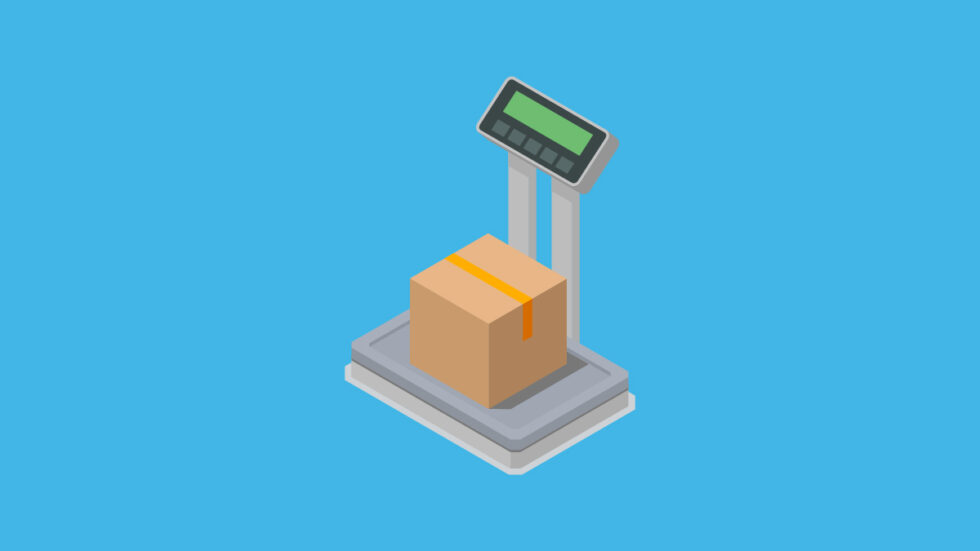
Defining Density and How It Impacts LTL Freight
The density of a shipment is an important component of shipping Less-than-Truckload (LTL) freight. Not only are there specific density-based pricing programs available with various carriers, but it’s also a main driver in receiving lower (or higher) customer-specific pricing (CSP) with a carrier. Carriers want to maximize the space used on their trucks, and a higher-density product better utilizes the cube of the trailer and is more cost effective for a carrier to move, resulting in more favorable pricing for the customer.
Products with a higher density also receive a lower shipping classification from The National Motor Freight Traffic Association (NMFTA). Lower freight class equals lower cost to ship; for example, cotton candy has a class of 300, whereas bricks have a class of 55.

How To Calculate Density:
The density of a shipment can be calculated by following these steps:
- Multiply the Height x Width x Depth of your shipment to find the total cubic inches.
- Divide your total cubic inches (from step 1) by 1,728 to find the total cubic feet.
- Divide the weight of your shipment by the total cubic feet. This results in your pounds per cubic foot (PCF) OR density.
For example: 2 skids each with the following dimensions 44 inches x 48 inches x 48 inches, one weighing 1500 pounds and the other weighing 300 pounds have the following densities:
| 1500 pounds | 300 pounds |
|---|---|
| 1: 44 x 48 x 48 = 101,376 | 1: 44 x 48 x 48 = 101,376 |
| 2: 101,376 / 1728 = 58.66 | 2: 101,376 / 1728 = 58.66 |
| 3: 1500 / 58.66 = 25.57 | 3: 300 / 58.66 = 5.11 |
How Can DLX Help?
LTL freight can be complicated, but it doesn’t have to be. At Dynamic Logistix, we have a dedicated team with extensive experience in LTL and are here to answer any of your LTL questions, as well as help you better understand your freight and provide solutions. Our XTMS technology also simplifies the calculation of density to ensure you always have accurate information for your shipments.
If you want to learn more about freight density and LTL shipping, explore our XTMS platform or book a demo to find out how our platform can help you lower your shipping costs and save hundreds of hours of manual work through data automation.





